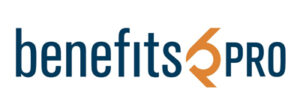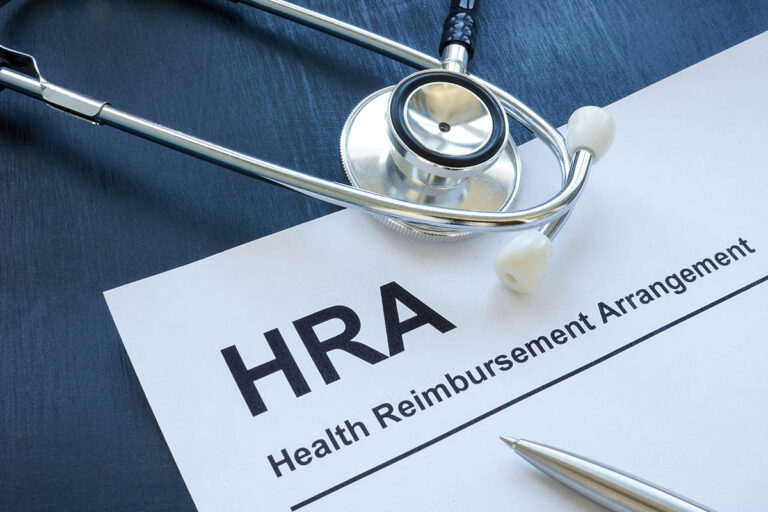The Centers for Disease Control and Prevention recently found more than half of US worksites have programs focusing on physical activity, nutrition and stress management.1 However, not all wellness plans are created equal, and the COVID-19 pandemic has exposed gaps in even the most comprehensive programs. With that in mind, here are three pillars of effective employee wellness programs that last.
BB&E are important, but they aren’t everything.
Three basic components ground effective employee wellness programs. I know them as blood, broccoli and exercise, or BB&E:
- Blood is shorthand for biometric screenings, evaluations that measure vital signs like body mass index, blood pressure and cholesterol. Typically, these tests are part of a wellness visit with a primary care provider.The factors measured by a biometric screening can be predictors of chronic illness. Employees who know their current numbers are more likely to take an active part in managing them, creating better quality of life and lowering their risk of chronic illnesses that can be costly to manage. From a plan administration perspective, biometric screenings can be easily measured and tracked over time, illustrating direct ROI from the program.
- Broccoli is shorthand for health risk assessments, or questionnaires distributed to employees that gauge their propensity for healthy living. If you rolled your eyes at the thought of a health risk assessment, I understand. These assessments can be inaccurate if employees worry that they might be punished for bad habits. However, with effective messaging and mutual trust, these assessments work hand-in-hand with biometric screenings to measure the success of a program and ensure participants are aware of their potential risk for chronic or acute health issues.
- Exercise, shorthand for physical activity tracking, refers to the part of your wellness program that offers rewards for check-ins at a local gym, hosts office weight loss challenges and offers free activity trackers to employees trying to get active.
When managed effectively with understanding and support, physical activity tracking can be a team-building exercise as well as an opportunity to improve your workforce’s health.
The preventable illnesses identified and managed with BB&E are a burden for both the employee and the employer, so rewarding good habits is mutually beneficial. After all, chronic diseases and related lifestyle issues are the largest driver of healthcare-related costs for employers—both in lost productivity and the cost of health insurance premiums and employee medical claims.2
In short, BB&E are the foundation of any effective employee wellness program because they work. They’re inexpensive, easy-to-measure and they provide results. But BB&E alone won’t deliver the desired impact. If the COVID-19 pandemic has taught us anything, it’s that employee wellbeing—and employee engagement and retention—is about more than perfect blood pressure.
Wellbeing is more than physical health.
Wellbeing can also be associated with things that are a little harder to measure, such as mental health and financial security. These are some of the areas hardest hit by the COVID-19 outbreak. Nearly 70% of workers reported feeling stressed about personal finances. Even before the pandemic left many households coping with reduced or eliminated income, three-quarters of workers worried about their finances at work, many more than once per week.3 That’s a lot of lost productivity and can lead to workforce turnover.
Fortunately for employers also feeling the strain, financial wellness is not a compensation conversation. Instead, it’s built on security and choice. Improving choice might include the adoption of new benefits like flexible pay scheduling, while security can come in the form of education: employer-sponsored financial planning or resources to make sense of the complexities of 401(k)s, insurance and basic wealth management.
When it comes to mental health benefits, access is everything. Employee assistance programs (EAPs) have been commonplace for decades, but if your employees don’t know what they have access to, they can’t get the help they need.
Employee education is essential to any effective employee wellness program.
Work with your employee benefits broker to create customized communication campaigns to remind participants about the accessibility of telehealth and the coverage you offer.
Put people first.
The COVID-19 pandemic has forced employers to hone these tactics, often with less budget. Even for those who have maximized BB&E, financial wellness and mental health support, there’s one last step. Unfortunately, even the perfect wellness plan won’t create the perfect employee, and it won’t convince the perfect employee to stay. That’s where good people come in.
Workplace culture must put people first. Leaders have identified extroverts that might find themselves unfulfilled by their new all-remote work style and have hosted virtual happy hours and dance breaks to keep them engaged. Others have also reached out to the parents, ensuring they feel supported as they navigate remote learning while employees form groups and share experiences and resources.
This crisis has reminded us we’re all human, and tailoring the experience for each employee, team or generation will make all the difference.
1 Centers for Disease Control and Prevention, “CDC: Half of Workplaces Offer Health/Wellness Programs”
2 Centers for Disease Control and Prevention, “Workplace Health Promotion”
3 Marketwatch, “The Number 1 Reason Americans Are So Stressed Out”






